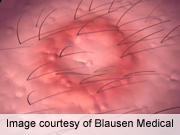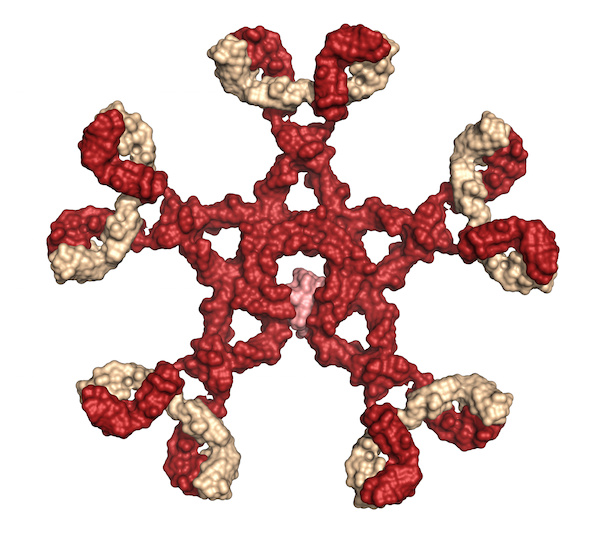
TUESDAY, April 30 (HealthDay News) — A new study failed to find any evidence to back up a suggested association between Lyme disease and autism spectrum disorders.
Although a prevalence of Lyme disease as high as 20 percent (or even higher) has been reported in children with autism, the new research found no cases of Lyme disease in children when testing recommended by the U.S. Centers for Disease Control and Prevention was done.
Health experts are concerned that if parents suspect that Lyme disease has played a role in their child’s autism, they may seek treatment with long-term antibiotic therapy.
“Unless a child has been diagnosed with Lyme disease or another infectious disease, our findings don’t support the idea of putting autistic children on antibiotics,” said study senior author Armin Alaedini, an assistant professor of medical sciences in the department of medicine and the Institute of Human Nutrition at Columbia University Medical Center, in New York City.
Results of the study appear in the May 1 issue of the Journal of the American Medical Association.
Autism is a developmental brain disorder that hinders a child’s ability to communicate and interact socially.
Lyme disease occurs when a tick transmits the bacteria Borrelia burgdorferi to a human through its bite.
Symptoms of Lyme disease often include a rash with a bulls-eye appearance that’s warm to the touch, fatigue, chills, fever, headache, muscle and joint aches, and swollen lymph nodes, according to the CDC.
Diagnosis is through a blood test. The most accurate results come from the use of two different tests, but this method isn’t always used.
Alaedini and his colleagues wanted to investigate the suspected link using the CDC’s preferred two-tiered approach. They analyzed blood samples from 70 children with autism and 50 children without autism or any other known conditions. The average age of the children with autism was slightly older than 7 years, and the average age of the unaffected children was 9 years old.
After testing with the first method, called ELISA, one child with autism tested positive and four tested as borderline. In the non-autistic children, four tested positive and one was borderline.
When the second test, called the Western blot, was done, none of the children tested positive for Lyme disease.
“We did the testing by the CDC-recommended two-tier testing and didn’t find any of the children to be positive. Our sample size is large enough that these findings can rule out a high prevalence of Lyme disease in children with autism spectrum disorders,” Alaedini said.
An expert who was not involved with the new study discussed the findings.
“This study points out the problems with Lyme serology. Sometimes a single blood test doesn’t do it. And, in any study of Lyme disease, you have to look critically at how they tested,” explained Dr. Kenneth Bromberg, chairman of pediatrics and director of the Vaccine Research Center at the Brooklyn Hospital Center, in New York City.
“When these researchers did the CDC recommended testing, they couldn’t find the prevalence of Lyme that others found,” he noted.
Lyme disease primarily occurs in the northeastern part of the country, though it can happen anywhere. In 2011, the CDC estimates that 96 percent of Lyme disease occurred in 13 states: Connecticut, Delaware, Maine, Maryland, Massachusetts, Minnesota, New Hampshire, New Jersey, New York, Pennsylvania, Vermont, Virginia and Wisconsin. In these areas, Lyme disease is considered endemic, which means it’s regularly found there.
Bromberg said it’s important to take precautions when outdoors to protect against Lyme, but not for fear of autism. “Avoiding Lyme has nothing to do with autism, it’s to avoid Lyme. Wear protective clothing and do tick checks when you come indoors,” Bromberg said.
More information
To learn more about Lyme disease, including ways to prevent it, visit the U.S. Centers for Disease Control and Prevention.

